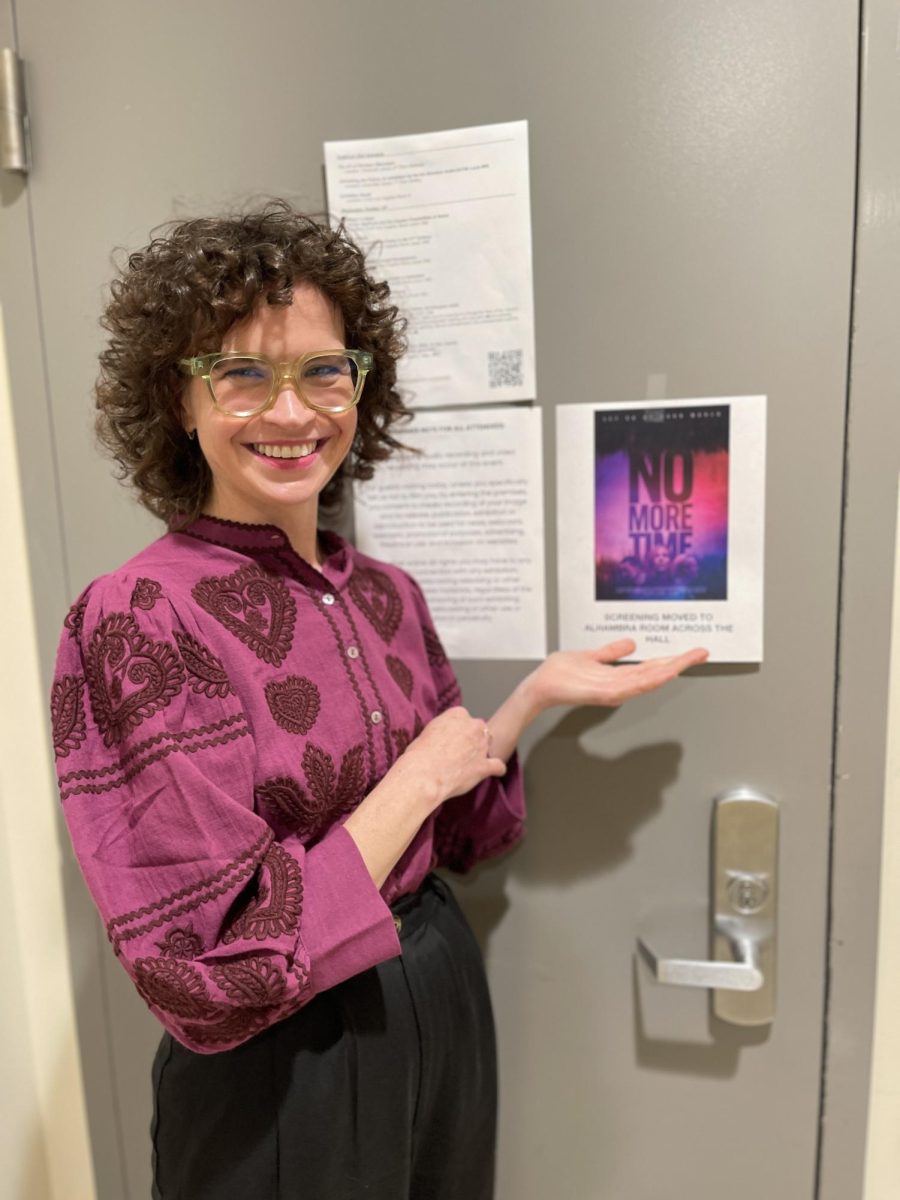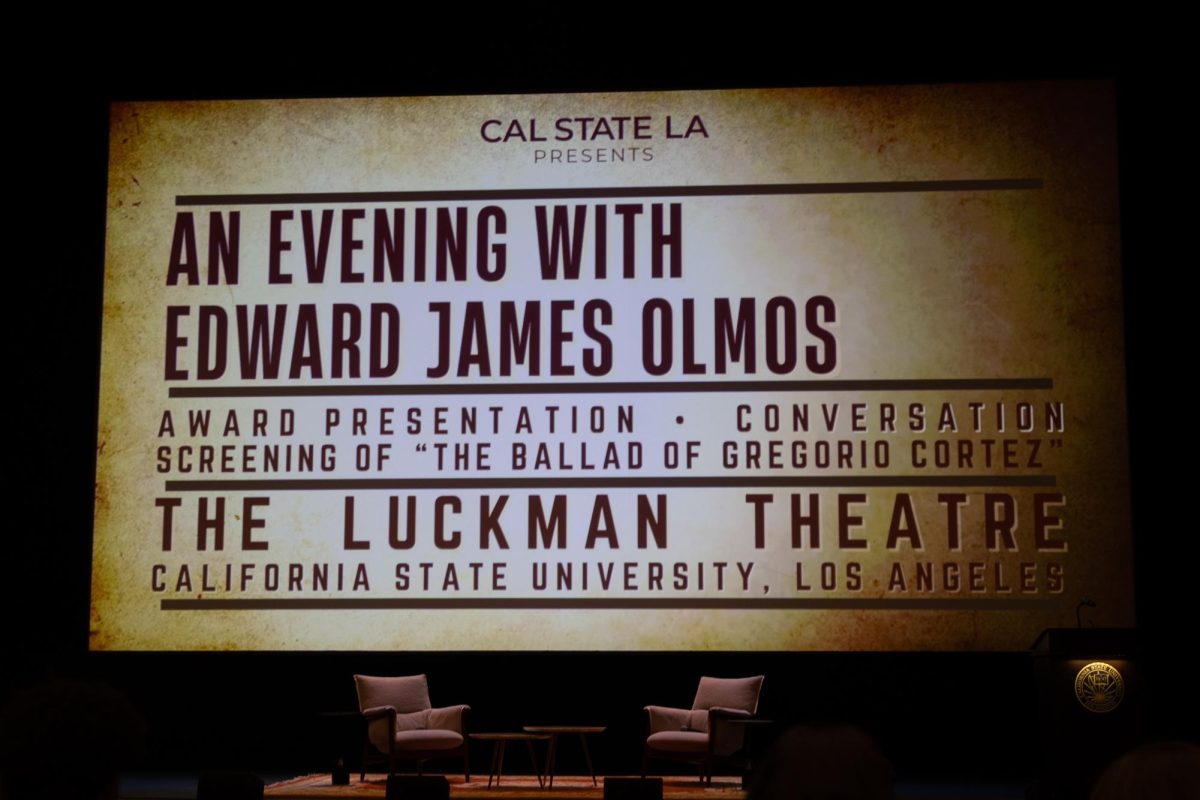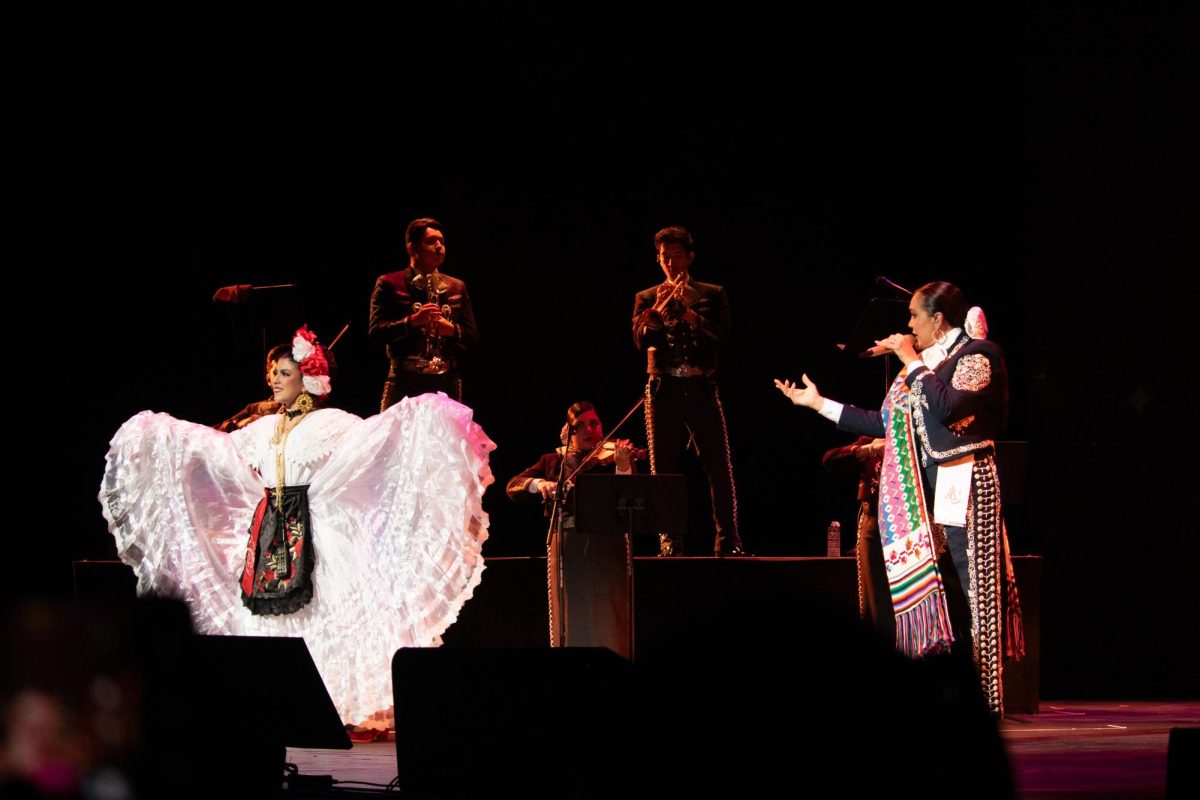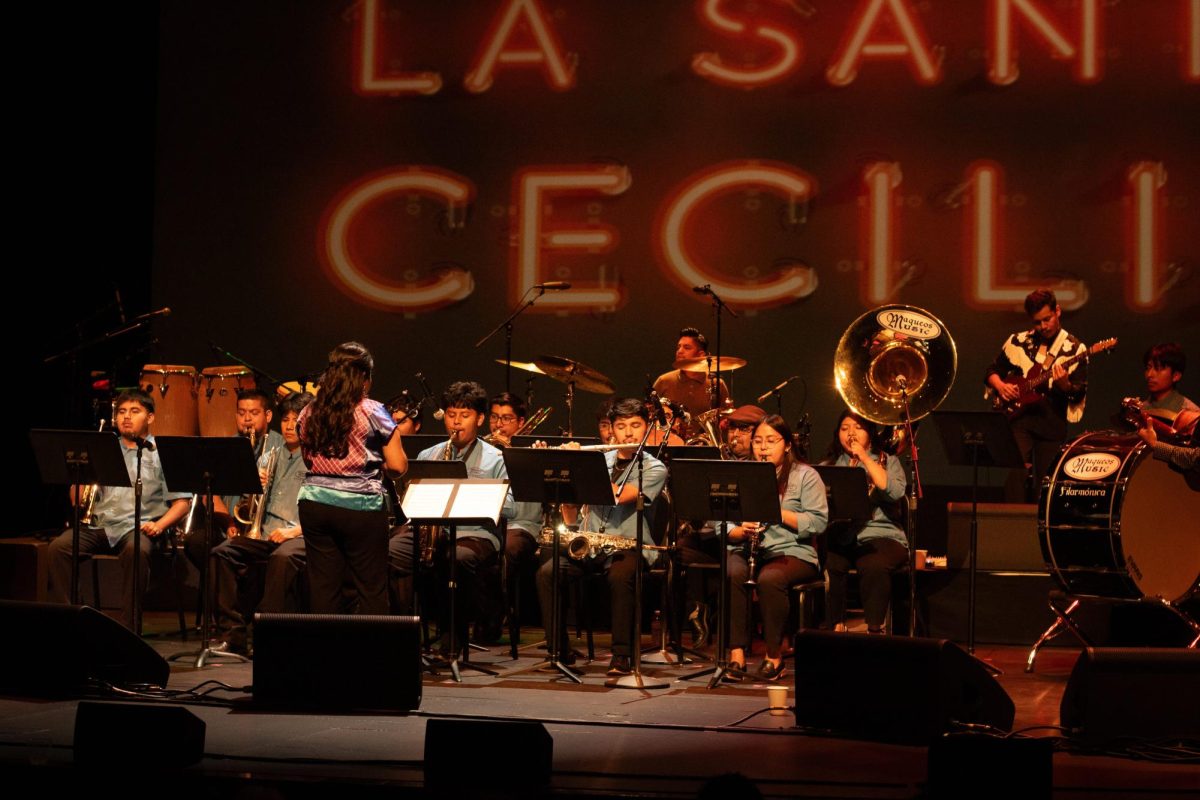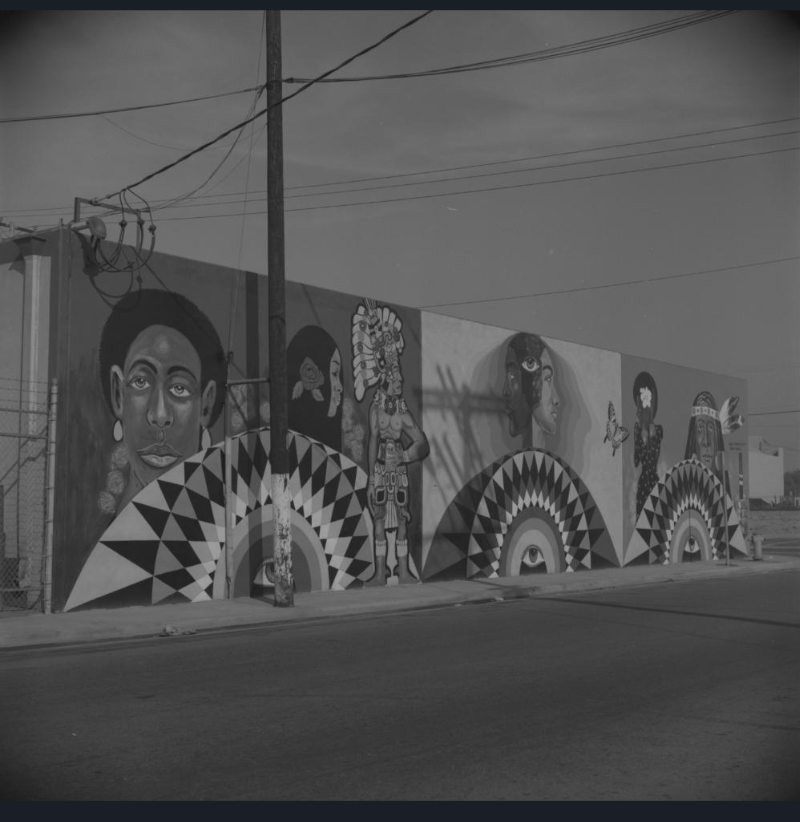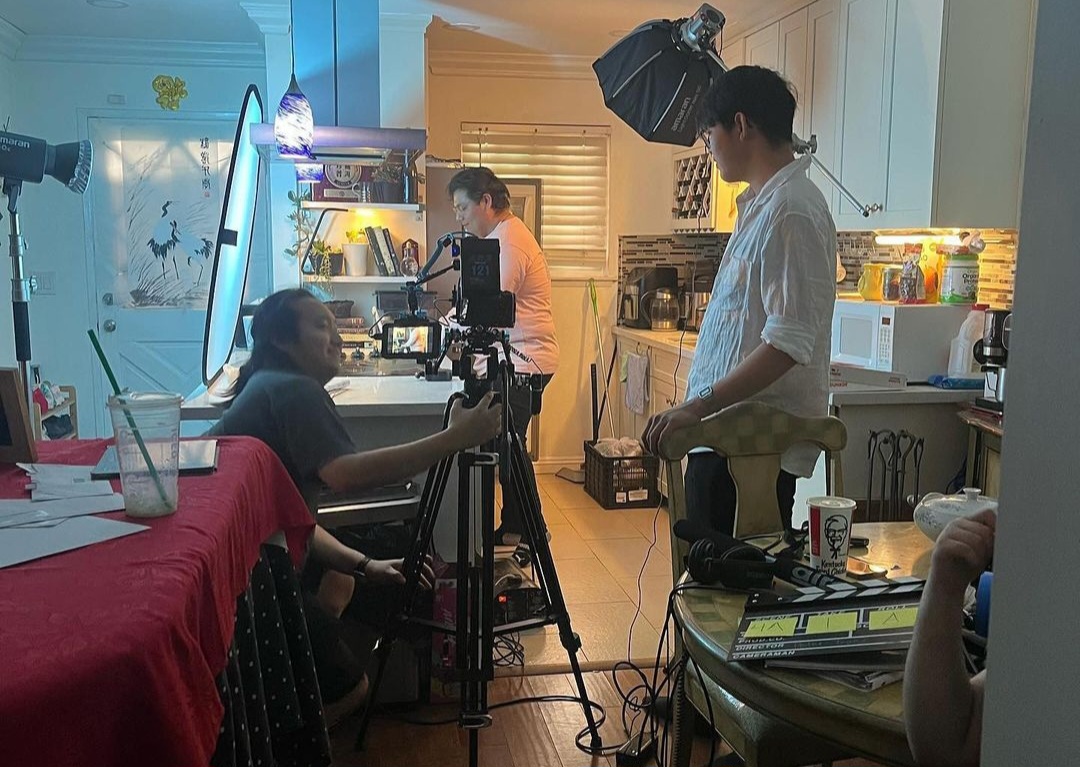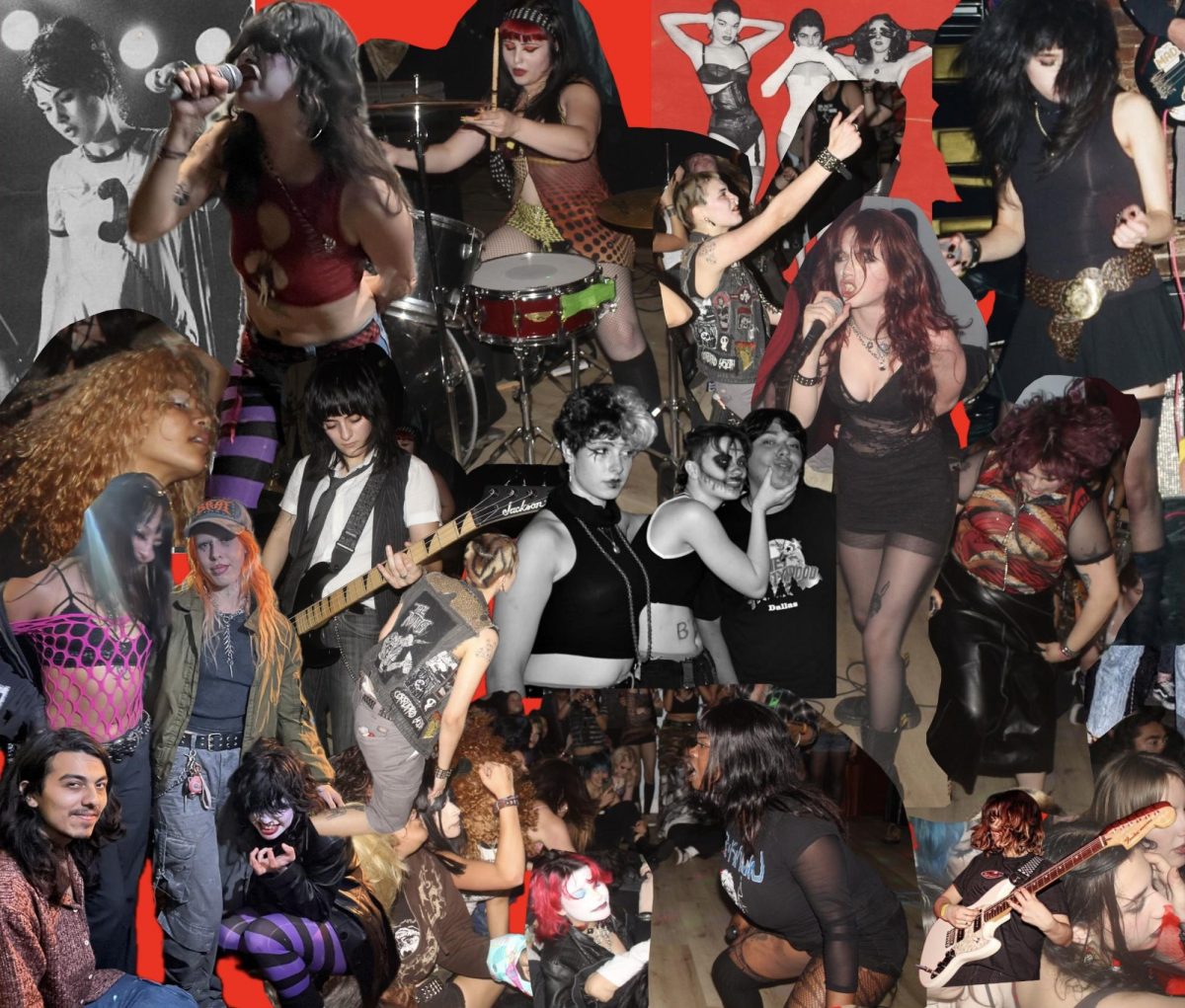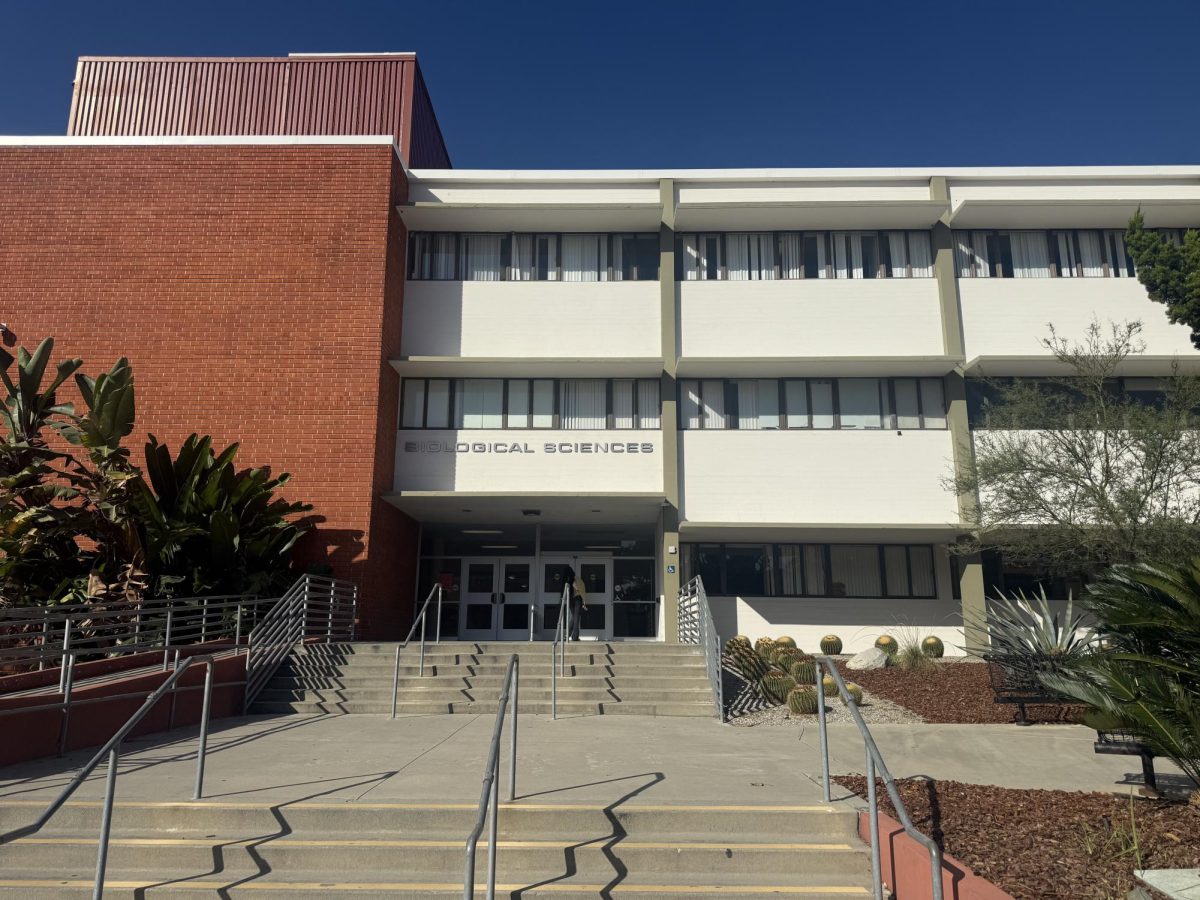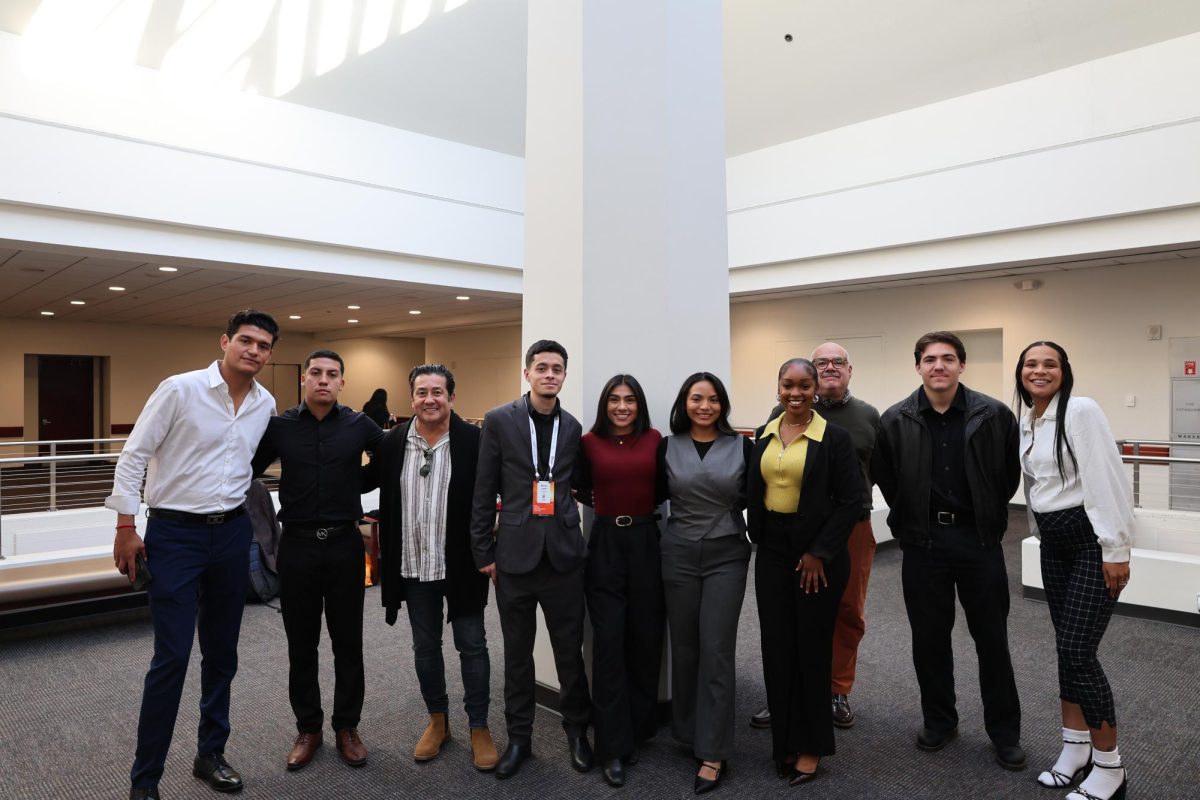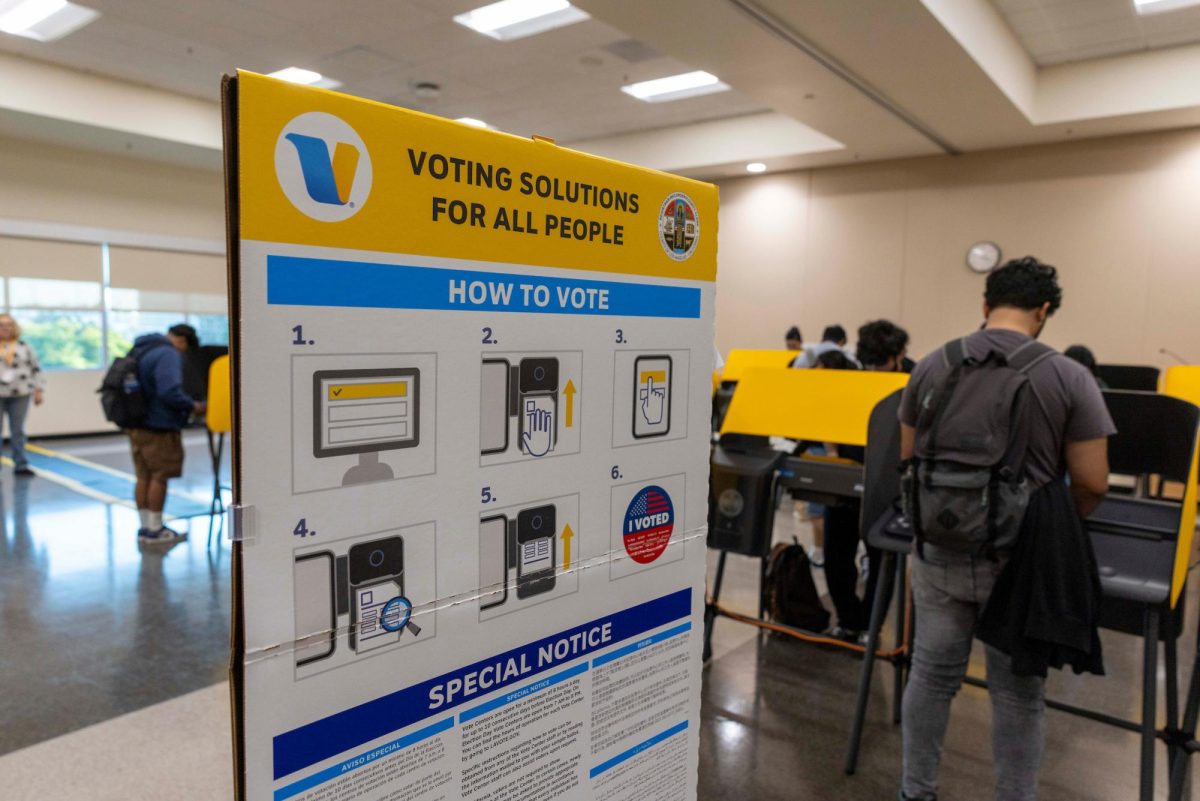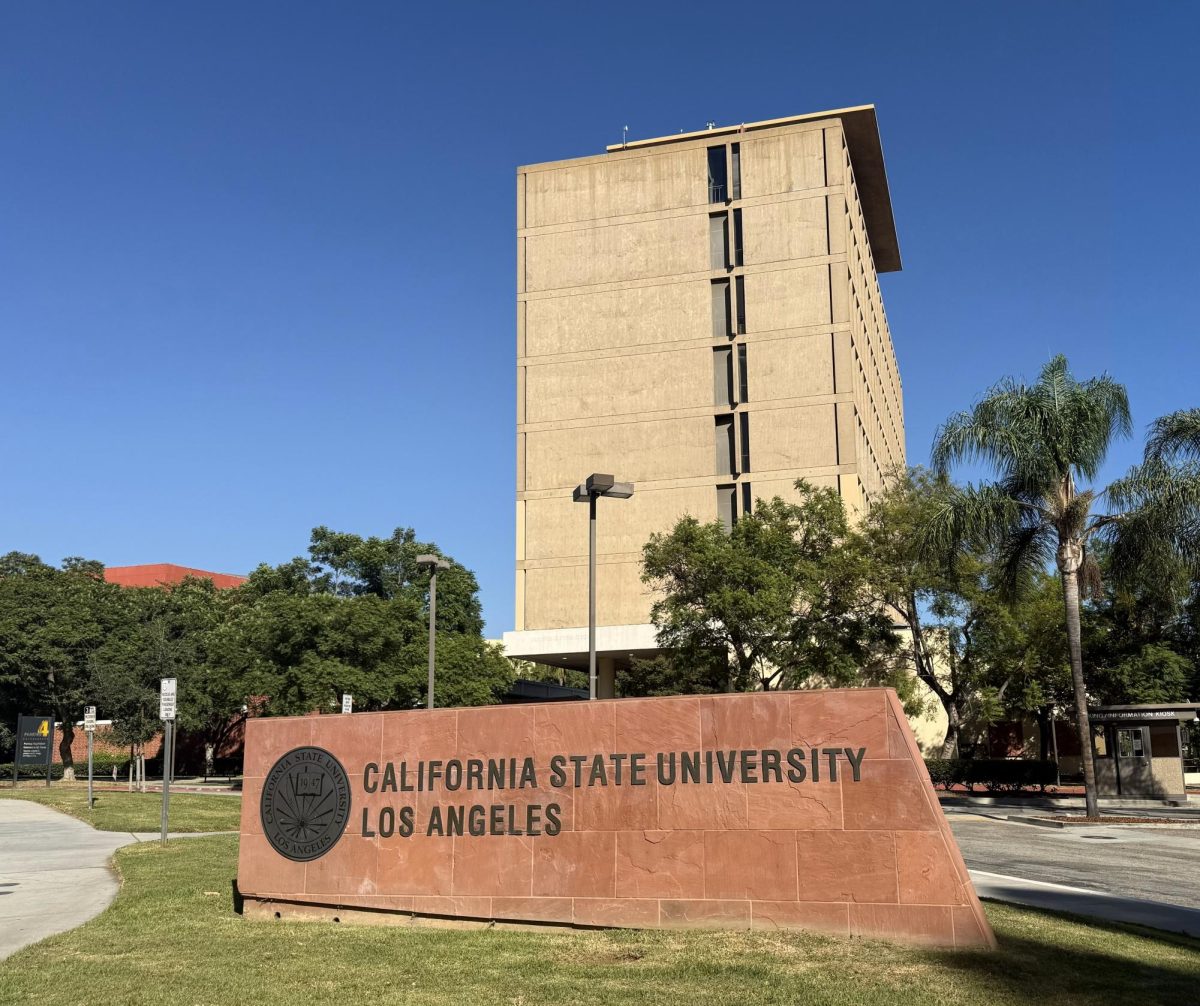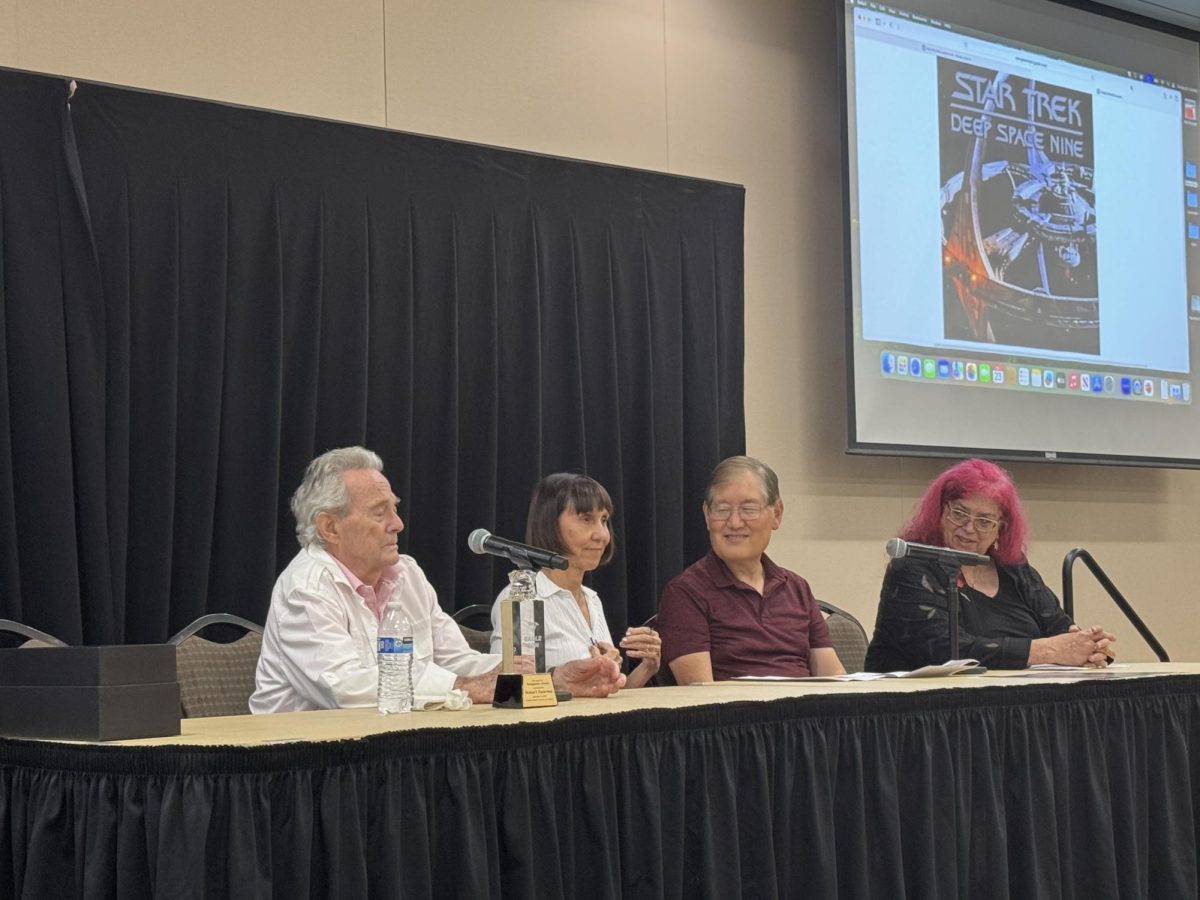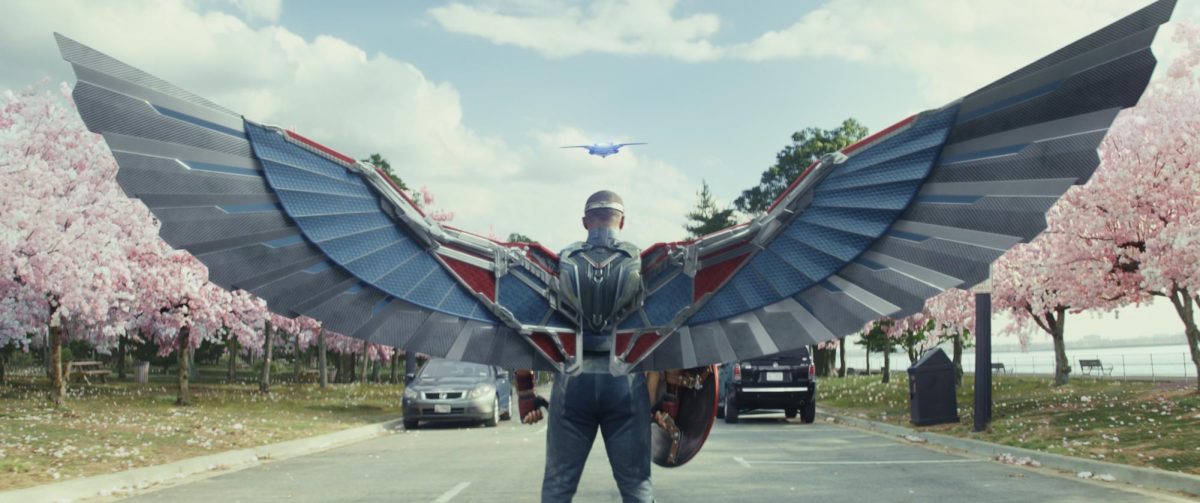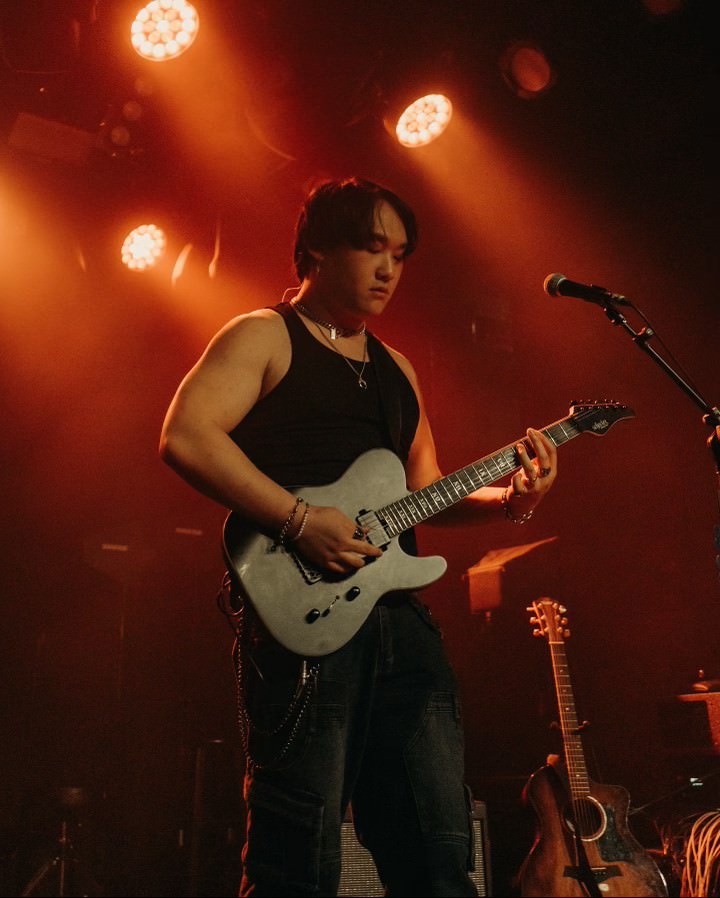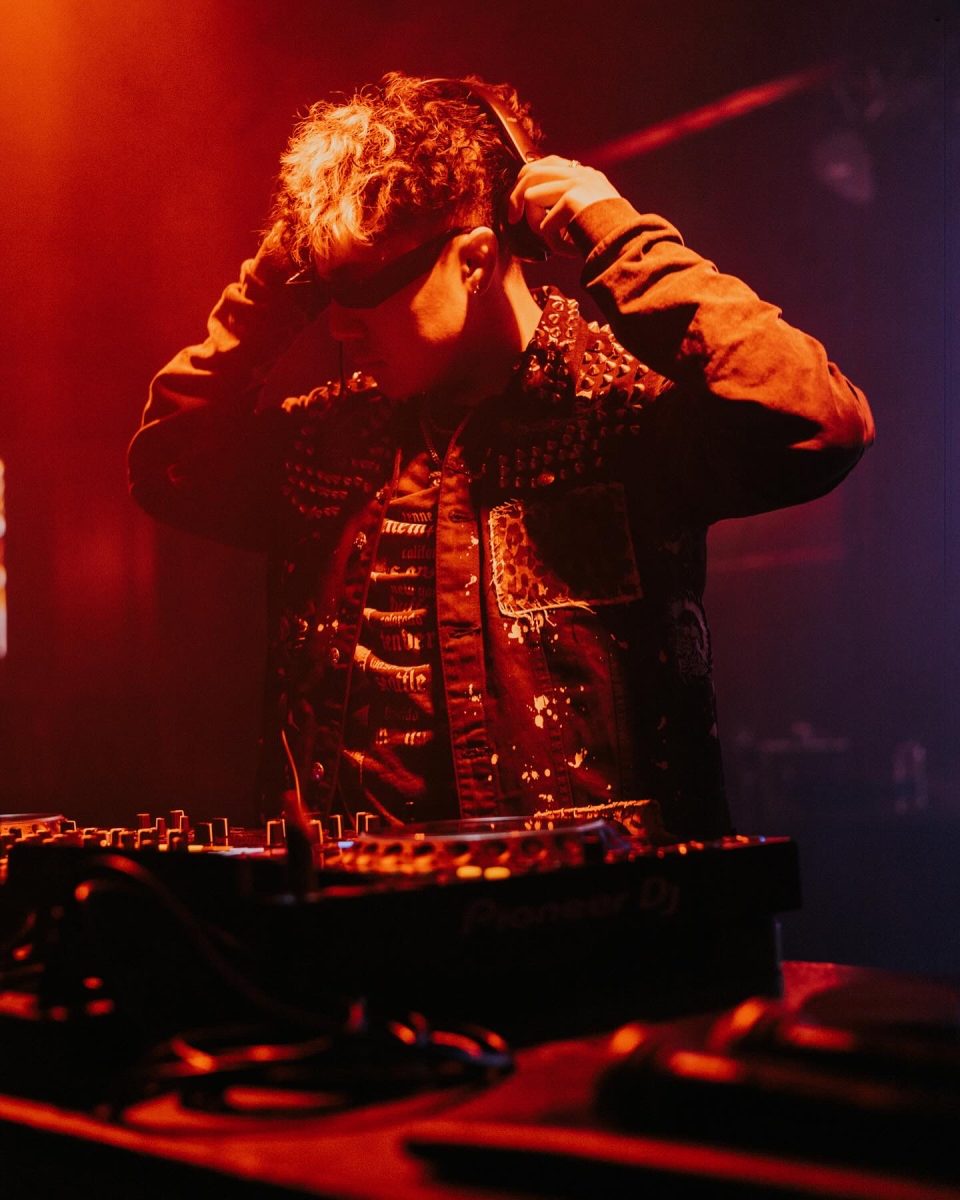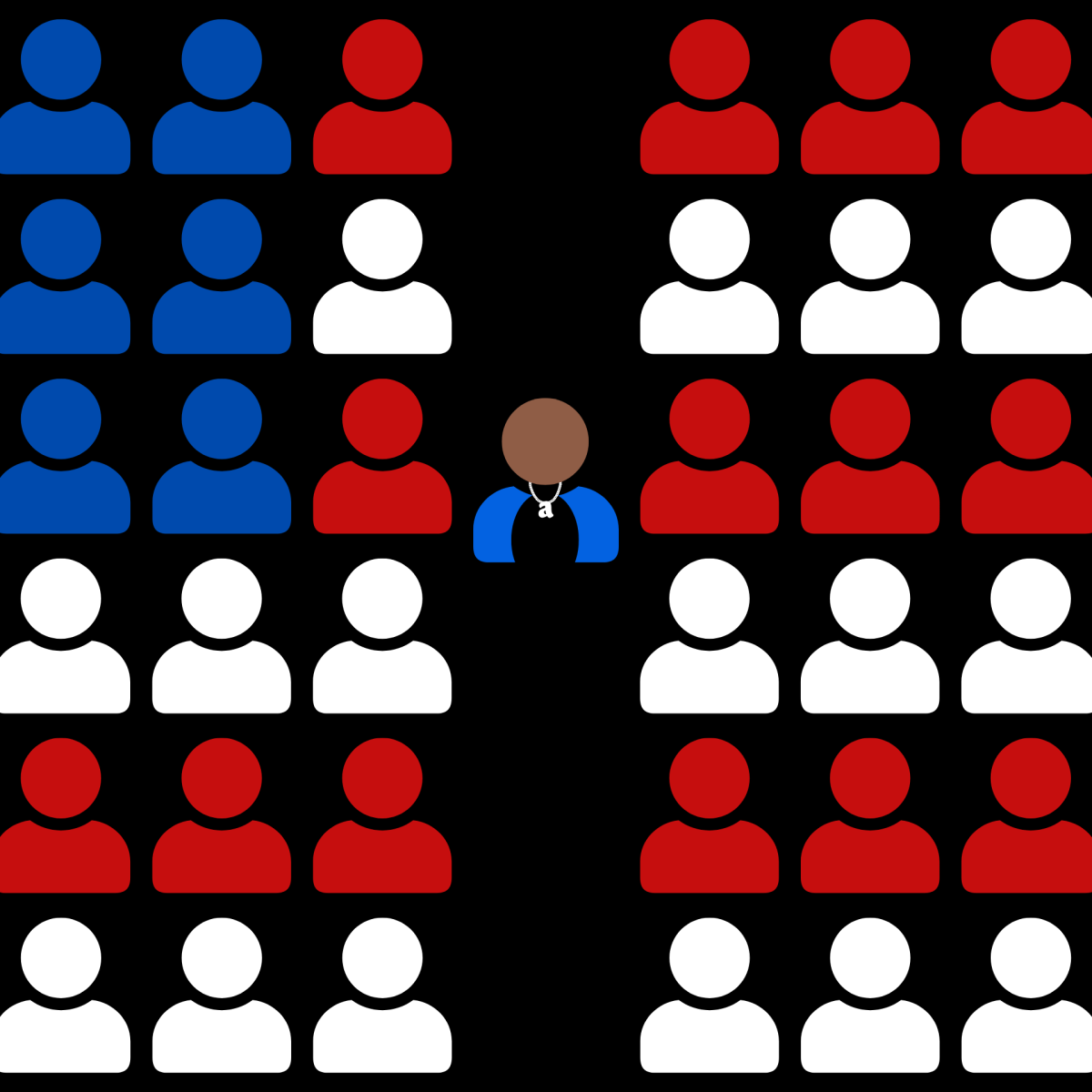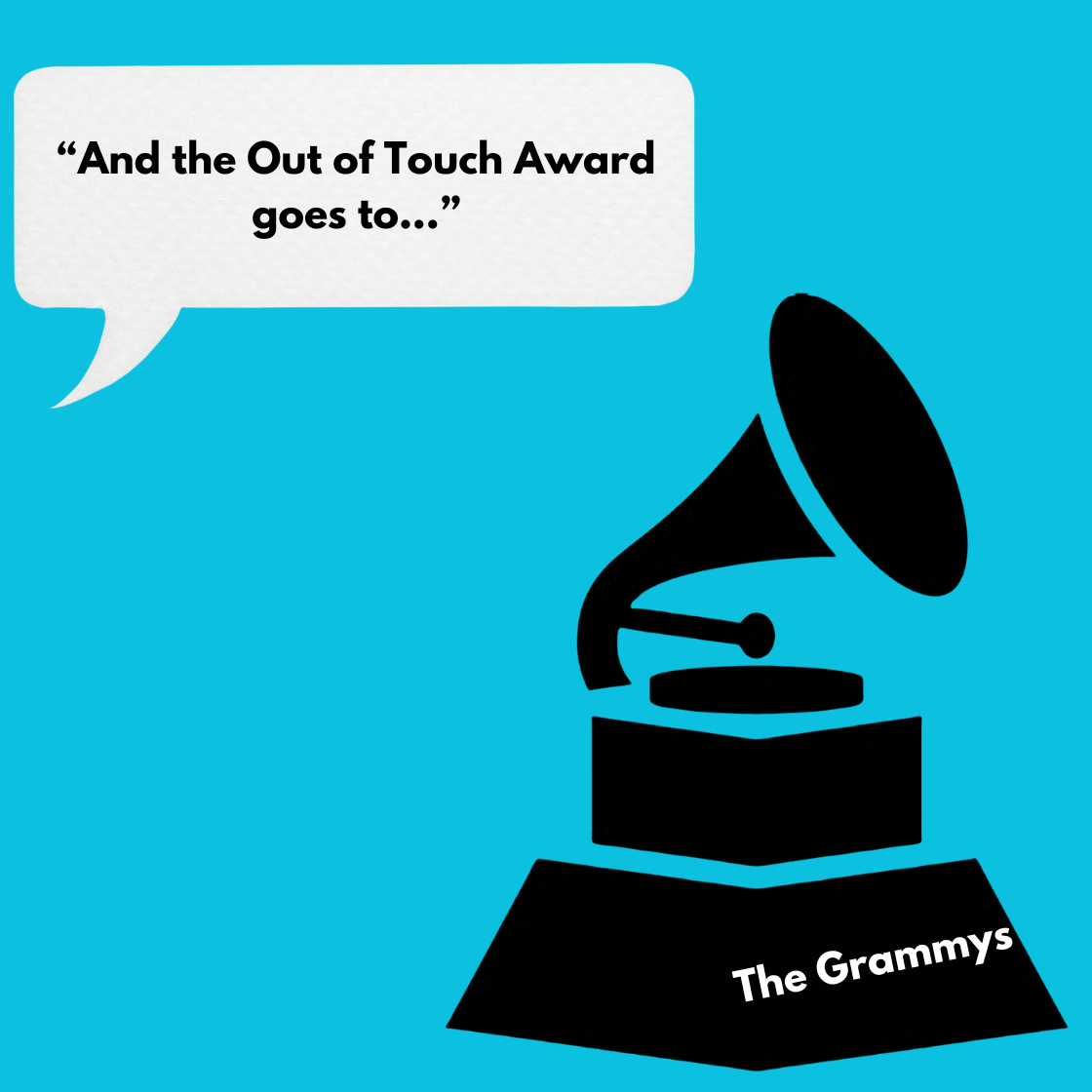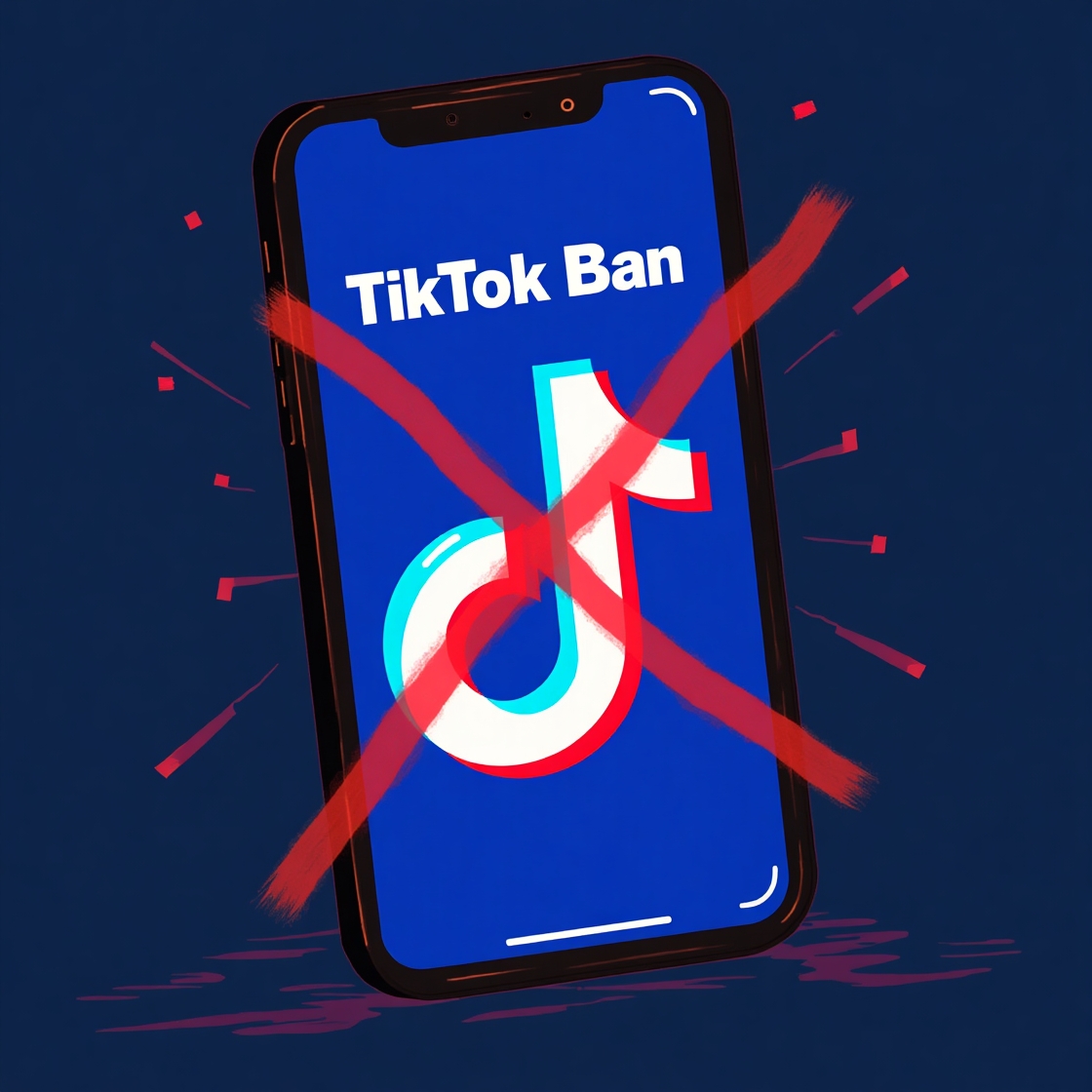In her 20s, Dalila Droege was experiencing a quarter-life crisis. The classically trained musician found herself applying to different school programs in biology and psychology, but she still felt aimless.
After discovering filmmaking and falling in love with the art of cinema, she discovered it’s not the end of the world if you don’t have everything figured out in your early to mid 20s. This message is one she still holds true, and one she continues to pass along to her students.
The assistant professor of film at Cal State LA premiered her first full-length film on Oct. 16 at the university’s two-day entertainment festival, Eagle-Con. The film “No More Time” is described as a post-apocalyptic thriller. The film follows the story of Hilaire and Steve, a couple who “seeks refuge in a remote mountain town to escape a mysterious viral disease that makes people disappear or turn into murderers,” according to the film’s synopsis. The viral disease is an allegory for the COVID-19 pandemic.
Droege sat down with the University Times to go more in-depth about her life, what led to her becoming a filmmaker, where her inspiration comes from, and what’s next for the future.
This interview has been edited for length and clarity.
What inspired you to want to make this short film?
It came about because some friends of ours recently moved to this little town in Colorado and they called us during the lockdown, the first time we were in lockdown in 2020. They called us and said “this sucks, let’s make something about it.” And so my husband, who’s a cinematographer, who I work with quite a lot, we went out there and together we spent a lot of time outside in nature and in the woods. And we talked about what was happening in our country with the Black Lives Matter protests, with the coronavirus lockdown … and the political fight that was happening between people wearing masks or not wearing masks … So we had all these many kinds of inspirations and we had this sense that nature was healing. Because we weren’t flying, we weren’t driving, the air was cleaner … That was the central storyline, about nature taking the planet back.
What drew you from being a musician to suddenly wanting to try filmmaking? Since those are two different mediums.
My dad was a painter, and I grew up doing a lot of art. I loved fine art … and then I went into classical music and I was practicing piano by myself in a room for eight hours a day. I was really isolated. I taught classical music and I found that world really kind of elitist and isolating. When I was 24 … I met someone who had been a pianist turned filmmaker. Meeting someone who had been a classical pianist and became a filmmaker who told me “hey, you can do it too” gave me the push I needed to take my first film class and try it. After that, I was hooked.
How long ago was it when you first got into filmmaking versus now when you are debuting your first feature-length film here?
20 years ago, I took my first film class. And so the year after my first film class, I applied to my master’s degree in film and I moved to Chicago. I did a five-year program there and then I moved out to LA and started working in the industry. And I’ve been here at Cal State LA, this is my third year.
How has your constant movement inspired your filmmaking up to this point?
I’m really interested in outsider stories. I’m really interested in culture clashes. I’m interested in how different people understand and misunderstand each other … I love film because it’s the universal language, and you can go to a film festival where there’s people from all over the world. They don’t speak the same language, but they can all watch a movie and cry at the same time, and laugh at the same time, and it’s just like the most magical thing.
Who are some of your favorite filmmakers?
I really love a filmmaker named Lee Chang-dong. He’s a Korean filmmaker from South Korea. His films include the 2018 thriller “Burning” as well as movies like “Poetry” and “Oasis.” I’m a big fan of an Argentinian filmmaker named Lucrecia Martel. She grew up with a kind of oral storytelling tradition in the town in Argentina where she grew up, and so she was listening to stories all the time. And for her, audio is really important. When she goes to set, instead of a shot list, she has a list of all the sounds she wants to hear, and she will shoot her movies according to the sound that you’re going to hear. So whenever I teach my students sound design, I always show them her movies, and she has just such a unique kind of vision of cinema because of the role that sound plays in her film. So I really admire her as well.
Are you working on anything else at the moment?
I have a short film that I have written and got some funding for. I’ll be shooting in the spring. Hopefully with some help from my Cal State LA students.
How do you plan to get students involved for your next movie?
I’m talking to students about becoming PAs or working in other departments on set based on their interest and experience.
This article was first published in the October 23 print edition of the University Times.

